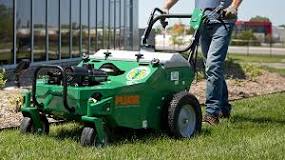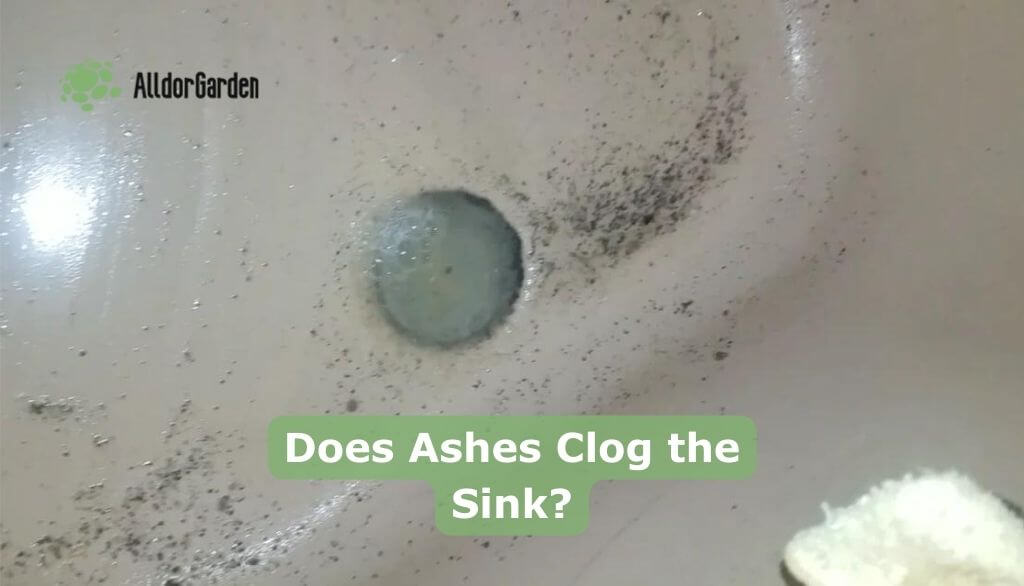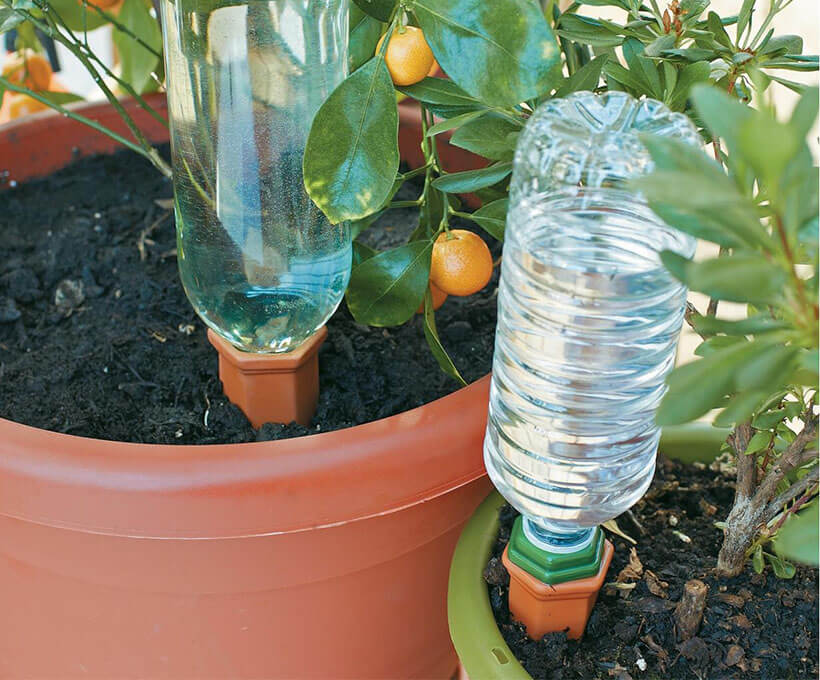Absolutely, grass should be dry when you power rake. If the grass is wet, it can lead to a bunch of problems that make your lawn care efforts less effective. Let’s dive into why dry grass is the way to go and what you should keep in mind when using a power rake.
Why Dry Grass Matters
Better Equipment Performance
When grass is wet, it tends to clump together. This can clog up your power rake, making it work harder than it should. A dry lawn allows the machine to glide smoothly, picking up thatch and debris without any hiccups.
Healthier Lawn
Wet grass can lead to tearing rather than raking. This can damage the grass roots and lead to an unhealthy lawn. Dry conditions help ensure that you’re only removing the thatch layer without harming the grass underneath.
Easier Cleanup
After power raking, you’ll have a pile of debris that needs to be cleaned up. Wet grass sticks together and can be a real hassle to collect. Dry grass? Much easier to gather and dispose of.
When Is the Best Time to Power Rake?
Timing is everything! The best time to power rake is usually in early spring or early fall when the grass is actively growing but not too wet from rain or dew. Make sure to check the weather forecast; a couple of dry days before your scheduled power raking will do wonders.
Tips for Power Raking
- Check Moisture Levels: Before you start, walk on your lawn. If your shoes get muddy or stick, it’s too wet.
- Use the Right Equipment: Make sure your power rake is in good condition. A well-maintained machine works wonders!
- Follow Up: After power raking, consider aerating your lawn. This helps improve soil health and promotes better grass growth.
Summary
In short, yes—keeping your grass dry is key when using a power rake. Not only does it make the job easier, but it also ensures a healthier lawn in the long run. So next time you plan on tackling that thatch, remember: dry grass equals happy raking!
FAQ
Can I power rake after it rains?
Nope! It’s best to wait until the grass has dried out completely after rain before you start power raking.
How often should I power rake my lawn?
Typically, once or twice a year is sufficient—usually in spring and fall. But keep an eye on your lawn; if it gets too thick with thatch, you might need to do it more often.
What happens if I power rake wet grass?
Power raking wet grass can tear up the roots and cause more harm than good. It can also clog your machine and make cleanup a nightmare.
Is there a specific height I should set my power rake?
Yes! Aim for about 1/2 inch above the soil surface. This will help remove thatch without damaging healthy grass.







